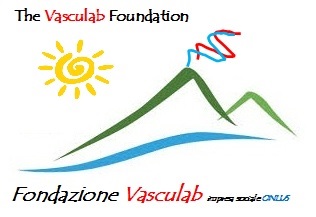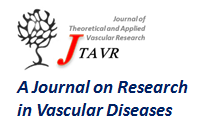DOI: 10.24019/issn.2532-0831
Online ISSN 2532-0831

Journal of Theoretical and Applied Vascular Research
Journal website: http://www.vasculab.eu/jtavr.xml
JTAVR 2023;08(2):57-66

Selective sclerotherapy

E Bernardini1, M Bernardini1
accepted: Aug 18, 2023
EPub Ahead of Print: Aug 27, 2023
Published: Aug 31, 2023
Abstract The concept of selectivity implies a targeted and segmental sclerosis, performed with sclerosing agents with very low concentrations and in limited quantities. This sclerosing agents can be in liquid or foam form depending on the case. The aim of this therapy, by definition cannot be ablative but it must aim at the conservation of both the saphenous veins and their tributaries. Traditional sclerotherapy has uncontrollable and unpredictable effects. The injection in one point causes the formation of a sclerus of variable extension, depending on several factors. For these reasons, selective sclerosis wouldn’t make sense. However, it does when carried out for conservation purposes with an appropriate technique that makes it predictable, controllable and calculable. First of all, it is necessary to carry out a hemodynamic study with a III level Doppler ultrasound examination and then define a therapeutic strategy. Then, it is necessary to identify the vessels that can effectively carry out an adequate work of venous washing and then perform the injection within the phlebo-blocks (Bernardini technique). The injection must be inter-valvular in order not to involve the valves in the sclerotic process. In order not to allow the sclerus to progress beyond the washings incorporating the valves, the post sclerosis selective compression was designed: eccentric, segmental, inter-valvular and between washings. Selective sclerotherapy was performed using the ESEC method (conservative hemodynamic echo-sclerosis), representing one of its cornerstones. Through selective sclerotherapy, exploiting the evolutionary effects of sclerosis, post-recanalization, with a reduced calibre, it is possible obtain a functional recovery of the originally incontinent saphenous and tributaries, preserving the forward flow.
since Aug 27, 2023
 - DOI: 10.24019/jtavr.172 - Corresponding author: Dr. Eugenio Bernardini, EMail bernardinieugenio@gmail.com
- DOI: 10.24019/jtavr.172 - Corresponding author: Dr. Eugenio Bernardini, EMail bernardinieugenio@gmail.comCitation style: Bernardini E, Bernardini M. Selective sclerotherapy. JTAVR 2023;08(2):57-66. https://doi.org/10.24019/jtavr.172
 © 2023 Fondazione Vasculab impresa sociale ONLUS. All rights reserved.
© 2023 Fondazione Vasculab impresa sociale ONLUS. All rights reserved.